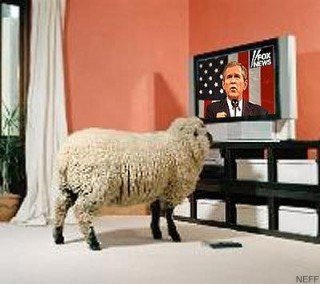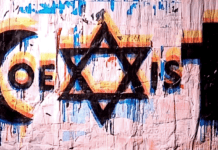Former President Says Torture Helped Thwart Attacks
by Steve Holland, Reuters
WASHINGTON — When then-President George W. Bush was asked to approve a tough interrogation technique known as waterboarding on September 11 mastermind Khalid Sheikh Mohammed, he wasted little time in deciding. “Damn right,” he said.
Bush’s approval of waterboarding, a form of simulated drowning condemned by human rights activists as torture, to try to wrench information from captured al Qaeda operatives was among the most controversial decisions he made during eight years in the White House.
Memoir: Bush Considered Replacing VP Cheney
In his memoir, “Decision Points,” Bush strongly defends the use of waterboarding as critical to his efforts to prevent a repeat of September 11, 2001, attacks on the United States. He says waterboarding was limited to three detainees and led to intelligence breakthroughs that thwarted attacks.

The book, a copy of which was obtained by Reuters, is to hit bookstores on Tuesday. He writes that his ability to prevent another September 11 attack on U.S. soil was “my most meaningful accomplishment.”
Waterboarding, which human rights groups contend is illegal under the Geneva Conventions, was banned by Bush’s successor, President Barack Obama, shortly after taking office in 2009. Interrogators are now required to follow interrogation guidelines laid out in the U.S. Army Field Manual.
During Bush’s presidency, the United States came under international criticism for its treatment of prisoners in Iraq and Afghanistan and foreign terrorism suspects held at the U.S. naval base at Guantanamo Bay, Cuba.
Bush writes that waterboarding was first approved for Abu Zubaydah, an al Qaeda figure arrested in Pakistan in 2002 who was suspected of involvement in a plot to attack Los Angeles International Airport.
Putin to Bush: My dog is bigger than yours
When Abu Zubaydah stopped answering questions from the FBI, CIA Director George Tenet told Bush he thought the detainee had more information to offer.
Bush writes that CIA and Justice Department lawyers conducted a careful legal review and came up with an “enhanced interrogation program,” which he said complied with the U.S. Constitution and all applicable laws, including those that ban torture.
Bush writes that there were two techniques, which he does not describe, that he felt went too far even though they were legal and he ordered that they not be used. But he approved the use of waterboarding.
‘No lasting harm’

“No doubt the procedure was tough, but medical experts assured the CIA that it did no lasting harm,” Bush writes.
He says the new methods proved “highly effective,” and Abu Zubaydah revealed large amounts of information about al Qaeda’s structure as well as the location of Ramzi bin al Shibh, who he called the logistical planner of the September 11 attacks.
Abu Zubaydah later explained to interrogators why he began answering questions again, according to the book.
“His understanding of Islam was that he had to resist interrogation only up to a certain point. Waterboarding was the technique that allowed him to reach that threshold, fulfill his religious duty, and then cooperate,” Bush writes.
“You must do this for all the brothers,” Bush quotes Abu Zubaydah as saying.
Bush says Mohammed proved difficult to break, “but when he did, he gave us a lot.” He disclosed plans to attack American targets with anthrax and “directed us to three people involved in the al Qaeda biological weapons program,” among other breakthroughs, Bush writes.
In sum, Bush writes, the CIA interrogation program saved lives.
“Had we captured more al Qaeda operatives with significant intelligence value, I would have used the program for them as well,” he writes.
Original Story Posted at Reuters










